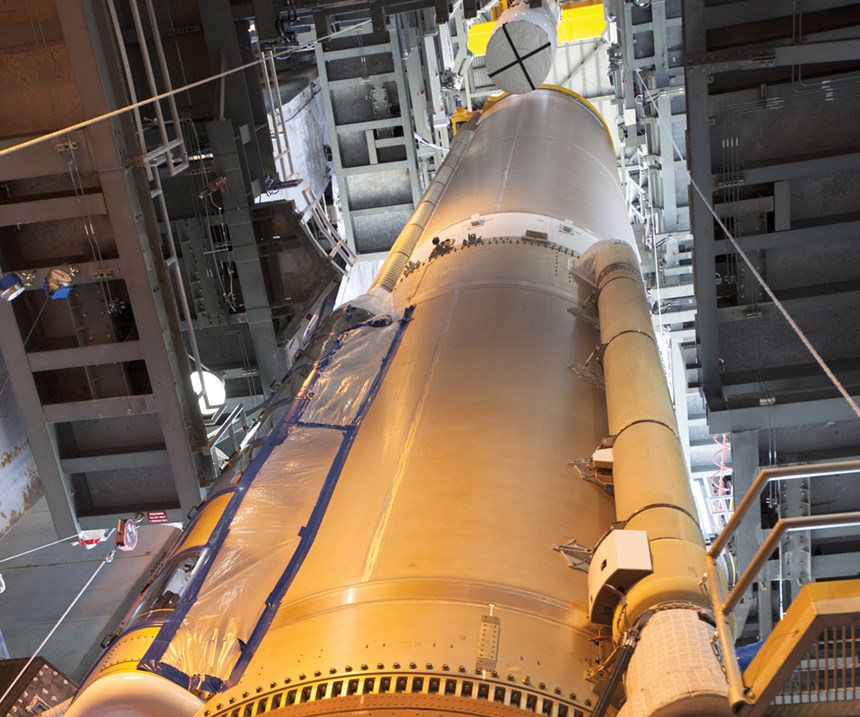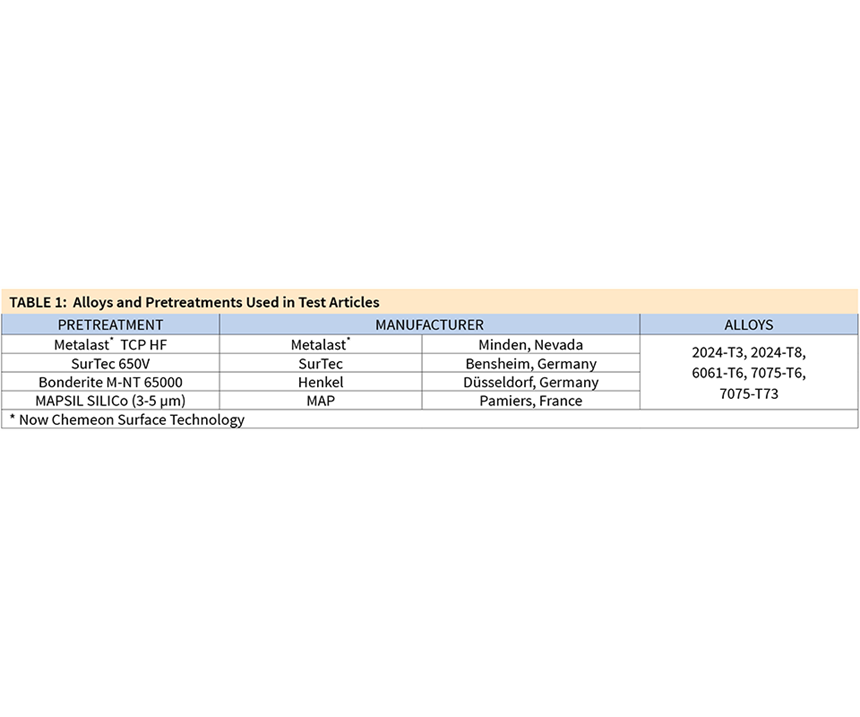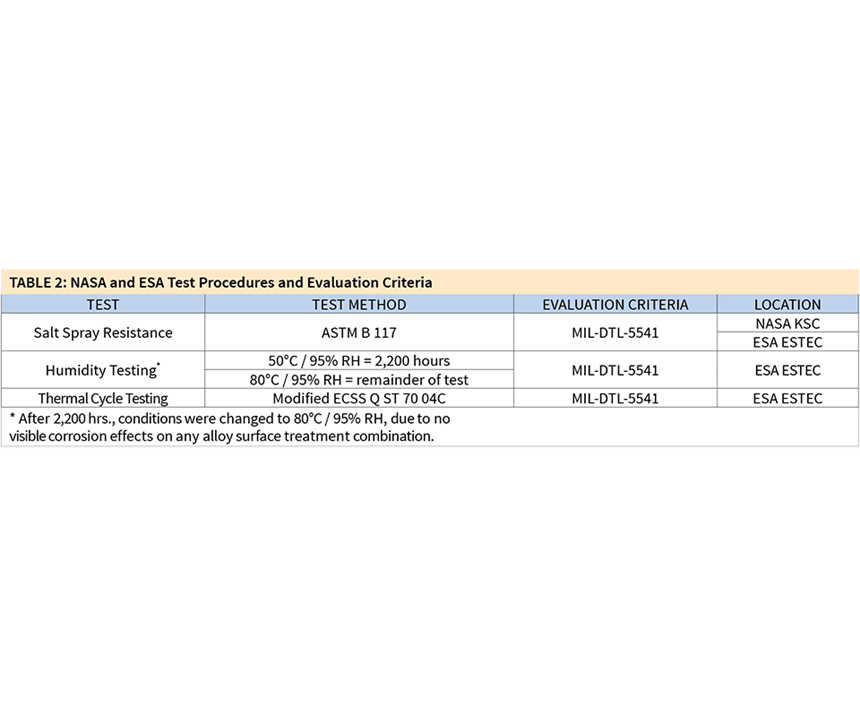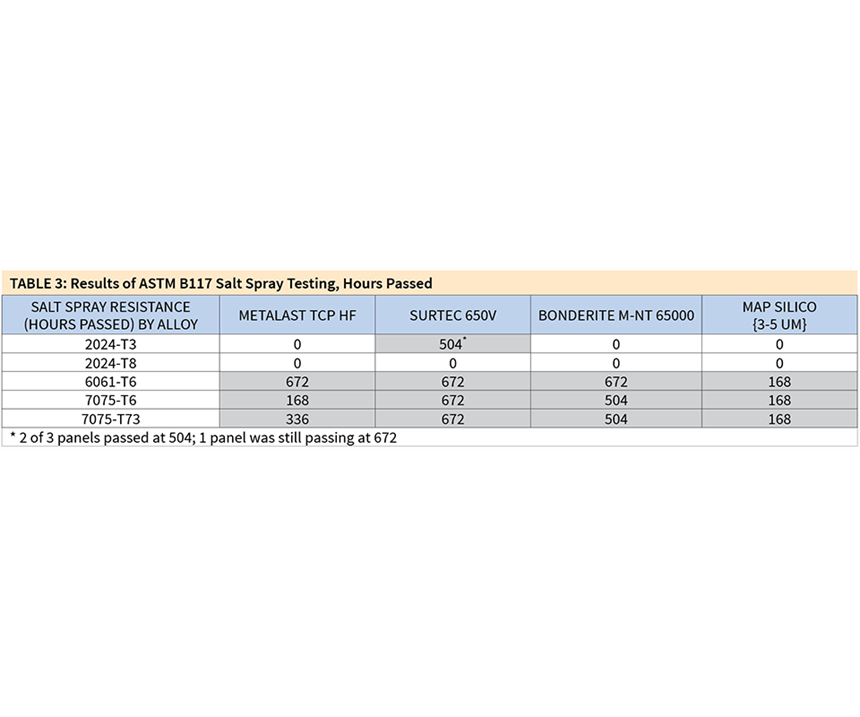Replacing Hex Chrome for Aerospace Applications
A collaboration develops between NASA and the European Space Agency to test and evaluate coating systems as replacements for hex chrome coatings in aerospace applications.
NASA maintains a Principal Center for Technology Evaluation for Environmental Risk Mitigation (TEERM) that serves as an integration activity for NASA, helping to improve the agency’s ability to adopt new environmental or energy technologies.
TEERM also looks for technologies that benefit the environment and enhance the resilience of NASA’s infrastructure. NASA is working in close collaboration with other federal and state authorities to assess and mitigate the risk it faces in terms of threats, vulnerabilities and consequences.
One goal of NASA and TEERM is to increase international collaboration, where NASA can benefit from working with international organizations, particularly the European Space Agency (ESA). NASA and ESA face similar challenges and risks, and collaboration with ESA offers many advantages.
Both agencies process flight hardware, maintain ground-based facilities and face increasingly stringent environmental regulations that pose cost, schedule and technical risks to their missions. Collaboration offers the advantage of sharing resources and expertise and avoiding duplication of effort in identifying and evaluating potential solutions. NASA and ESA recently signed an agreement that allows both agencies to work together through an exchange of information and technical data on topics of common interest in the field of space transportation.
TEERM has begun a collaborative effort with ESA evaluating alternatives to hexavalent chromium-containing coatings for aerospace applications. TEERM works closely with the NASA Kennedy Space Center (KSC) Corrosion Technology Laboratory (CTL) on this project. Similarly, ESA works with the European Space Research and Technology Centre (ESTEC) located in Noordwijk, the Netherlands.
Hexavalent Chromium in Coatings
Aluminum is the major manufacturing material of structures and components in the space flight arena. The processing and maintenance of this material to reduce degradation and corrosion is of prime importance to NASA and ESA.
Hexavalent chromium (hex chrome or Cr6) is widely used in coating systems for its self-healing and corrosion-resistant properties. Chromated coatings also play a critical role in enhancing the adhesion of the primer coating to the substrate.
The International Agency for Research on Cancer (IARC) has determined that Cr6 compounds are carcinogenic to humans, and the National Toxicology Program 11th Report on Carcinogens classifies Cr6 compounds as known to be human carcinogens. Occupational exposure includes the inhalation of dusts, mists or fumes, and dermal contact with chromium-containing products.
In response to the health risk posed by exposure to Cr6, occupational and environmental regulations in the U.S. and European Union are becoming increasingly stringent. These regulations make the use of coatings containing Cr6 increasingly more expensive, and increase the risk that a coating used in critical applications could become unavailable.
NASA and ESA continue to search for Cr6 alternatives that meet performance requirements in corrosion protection, cost, operability, health and safety, while specifying that performance must be equal to or greater than existing systems.
The overall objective of the collaborative effort between NASA TEERM and ESA is to test and evaluate coating systems (pretreatments, pretreatments with primer, and pretreatments with primer and topcoat) as replacements for Cr6 coatings in aerospace applications. This objective will be accomplished by testing promising coatings identified from previous NASA, ESA, Department of Defense (DOD), and other project experience. Testing is in progress at KSC CTL and at the ESA ESTEC. Preliminary results from the pretreatment testing at KSC are discussed here.
Pretreatment Testing at KSC
Test Articles: Table 1 lists the aluminum alloys selected for testing because of their relatively common use in avionics and aerospace applications and/or their ability to exhibit similar performance to other materials of interest. Two of the alloys, 2024-T8 and 7075-T73, were supplied by ESA. All test panels were procured mill finished without mill markings.
The pretreatments used are shown in Table 1. Two of the pretreatments, Bonderite M-NT 65000 and MAPSIL SILICo (thin), were supplied by ESA. MAPSIL SILICo (thin) is approximately 3 micrometers (µm) to 5 µm thick when applied to a panel.
Testing Approach: Test panels with pretreatment only were evaluated by NASA and ESA under a variety of environmental test conditions. See Table 2 for test methods, evaluation criteria, and the location where testing was conducted. Only results of the salt spray testing conducted at KSC are reported here.
Salt Spray Resistance: This test is used to rapidly evaluate the performance of a coating or coating system and how well it prevents corrosion. Salt spray exposure and corrosion resistance is a requirement of MIL-DTL-5541.
Salt spray resistance testing was performed at the NASA KSC CTL and at ESA ESTEC. Only data from NASA testing is reported here.
Test panels were subjected to a 5 percent NaCl salt spray, pH-adjusted to a range of 6.5 - 7.2, in accordance with ASTMB 117 (Standard Practice for Operating a Salt Spray [Fog] Apparatus). Test panels were inspected for the formation of corrosion every 168 hours.
Test panels were evaluated for pitting and pit count was recorded weekly. Areas within 0.25-inch from edges, identification markings, and holding points during processing or salt spray exposure were excluded. Color loss was not cause for rejection.
Results
See results from salt spray testing in Table 3. In general, pretreatments did not perform well on 2024-T3 and 2024-T8 alloys except for 2024-T3 test panels pretreated with SurTec 650V. Overall, pretreatments performed better on 6061-T6, 7075-T6, and 7075-T73 alloys. SurTec 650V performed the best across the alloys and showed promise in protecting 2024-T3.
The reason for the varied results per alloy is that resistance to corrosion decreases with increasing copper content. Alloy 2024 has a very high copper content (3.8 - 4.9 Wt. percent) making it difficult to protect from corrosion. Alloy 6061 has lower copper content (0.15 - 0.4) and resists corrosion even if no steps are taken to treat or coat the alloy. Another factor that can contribute to variances with pretreatment performance include the quality of the test panels. Test panels that have scratched and marred surfaces may contribute to reduced pretreatment performance.
Parallel testing was performed at ESA with results published in its report, “Evaluation of Alternative Surface Treatments and Coating Systems as Future Replacements for Chromate based Conversation Coatings – Surface Treatments Screening Test Report.” In general, NASA and ESA saw similar results for salt spray testing.
Next Steps
NASA and ESA will continue working together to develop hexavalent chrome-free coating systems for spaceflight applications. Next steps include testing of full coating systems; including pretreatments with primers and pretreatments with primers and topcoats. The test plan for continued testing is being finalized and expected to start in the summer of 2016.
Previous screening-level testing of pretreatments with primers was performed and is reported in “NASA and ESA Collaboration on Hexavalent Chrome Alternatives – Pretreatments and Primers Screening Final Test Report.” There is also interest in evaluating materials stored in cleanrooms and other long term storage facilities.
Kurt Kessel is with ITB Inc., and works at the NASA Principal Center for Technology Evaluation for Environmental Risk Mitigation at the Kennedy Space Center in Florida. He can be reached at kurt.r.kessel@nasa.gov. The author thanks Thomas Rohr with ESA ESTEC, Fatema Janjali for coordination and testing support at ESA ESTEC, Jerry Curran for coordination and oversight of the KSC Corrosion Technology Laboratory and the KSC Beachside Atmospheric Test, and Teddy Back for test panel preparation and coating application at KSC.
Originally published in the June 2017 issue.
Related Content
Advancing Aerospace Connectors
OEMs looking to optimize aircraft performance and range are turning to composites and plastics, which require specific finishing treatments.
Read MoreAkzoNobel Brings Catalan Style to Aerospace Coatings
At MRO Europe in Barcelona, AkzoNobel showcases a Catalan-style aircraft panel with 13 colors, demonstrating their basecoat/clearcoat system in a vibrant design.
Read MoreTop Shop’s Journey to Building a Unique Brand
Since this new Ohio plater took over the space and assets of a former plating business, it is intentional about setting itself apart from prior ownership.
Read MoreAkzoNobel Uses VR for Training Airline Apprentices
The virtual reality technology provides a paint booth and spray gun that enables trainees to work and master their skills without losing parts in the process.
Read MoreRead Next
Delivering Increased Benefits to Greenhouse Films
Baystar's Borstar technology is helping customers deliver better, more reliable production methods to greenhouse agriculture.
Read MoreEducation Bringing Cleaning to Machining
Debuting new speakers and cleaning technology content during this half-day workshop co-located with IMTS 2024.
Read MoreEpisode 45: An Interview with Chandler Mancuso, MacDermid Envio Solutions
Chandler Mancuso, technical director with MacDermid Envio discusses updating your wastewater treatment system and implementing materials recycling solutions to increase efficiencies, control costs and reduce environmental impact.
Read More


























